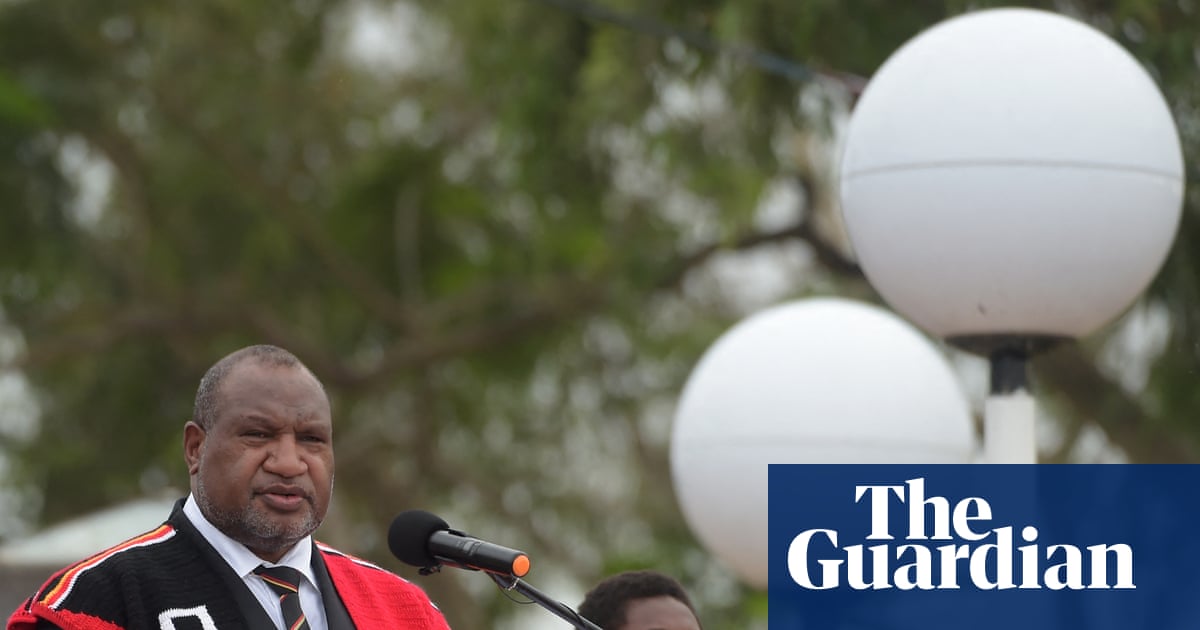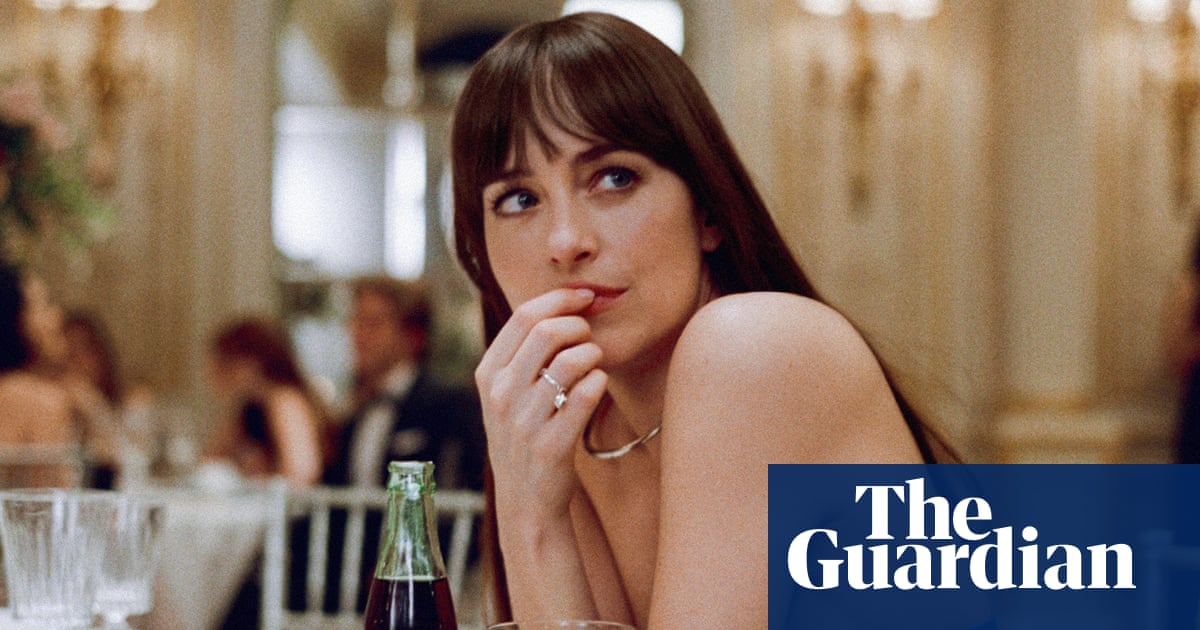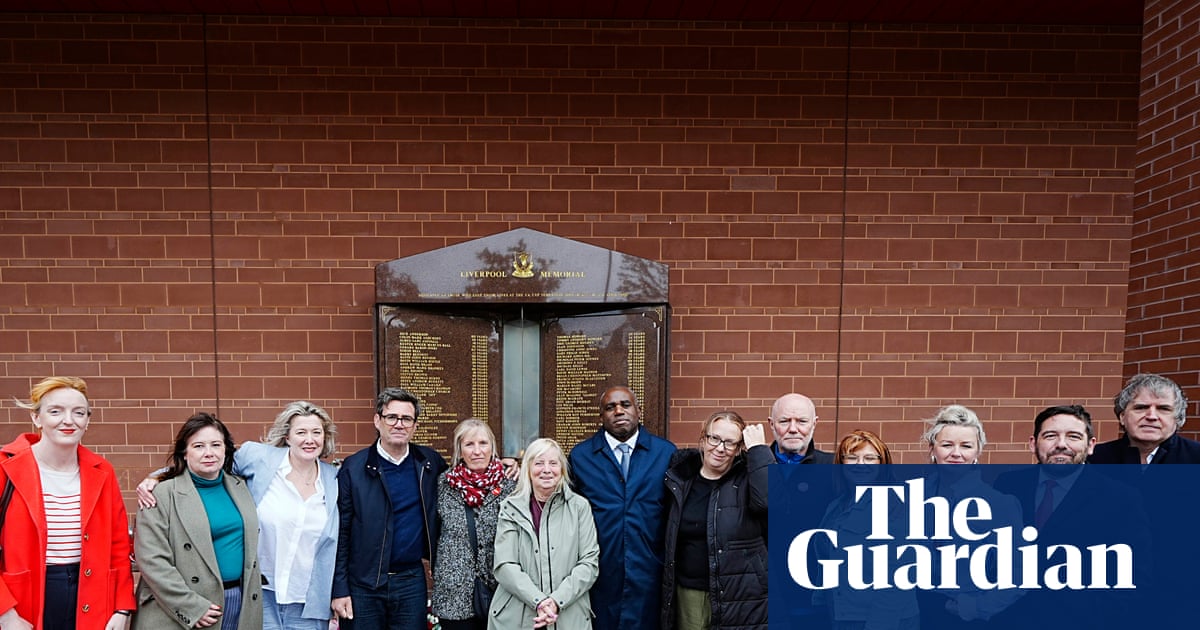“I can’t believe that somehow I was able to make it all the way to the age of 55 without having read that book!” says American singer-songwriter John Grant. “It’s a transformative book. I was just completely blown away by it; I’ve been trying to get everybody that I’ve ever met to read it.”
The book Grant is telling me about, enthusing from his sofa at home in Reykjavík, is Christopher Isherwood’s A Single Man, published in 1964, turned into 2009’s most stylish film by first-time director Tom Ford, starring Colin Firth, and now about to be a ballet, premiering at this year’s Manchester international festival. Grant, the former Czars frontman and now an acclaimed solo artist (with albums including Pale Green Ghosts and his latest, The Art of the Lie), is writing the new show’s songs.
A Single Man is the story of middle-aged academic George, an Englishman in LA, quietly living through devastating grief following the death of his partner, Jim, in a car accident. Reporting George’s thoughts in granular detail, the book charts, as Grant puts it, “the millions of tiny moments that make up human life”. The idea of turning the book into a ballet came from choreographer Jonathan Watkins (Kes, 1984, Reasons to Stay Alive), who had been musing on the concept since before the pandemic. “Jonathan was pursuing me about this for several years, and I was a little confused about why anybody would want me to do it,” says Grant, though he says he’s always liked dance. Once Grant had read the book, it resonated so strongly there was no doubt. “It was like this man had been inside my head walking around. I mean, I knew I was self-absorbed,” he laughs, “but I didn’t realise there were people out there that understood me so deeply.”
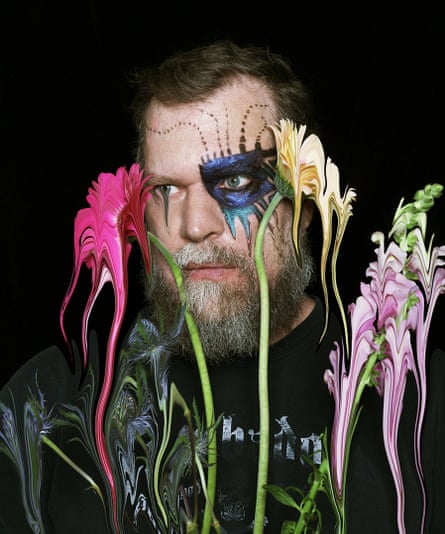
The book’s portrayal of grief, especially, connected deeply with Grant, whose mother died of lung cancer when he was in his 20s. “My work is saturated by that. But sometimes I wonder if I’ve ever actually been able to grieve yet,” he says. “Grief is nothing if not an extremely skittish beast, right? The individual experience of dealing with grief is a very strange thing to go through. And it’s so masterfully depicted [in the book] within the context of going about your day.”
When I speak to Watkins some days later, he too talks about the theme of grief, focusing on those experiencing it. “It’s also that there’s this great love between two men at a time when people didn’t really believe that two men could love each other that much, and therefore couldn’t feel grief in the same way,” he says. For Watkins, who founded the company Ballet Queer in 2023, the importance of A Single Man as a queer story was key to wanting to make this work. I ask why he was so keen to work with Grant, who is himself gay. “I always saw it with John Grant, I really loved his work and I could hear that the themes of his existing songs already had an overlap with the book. There’s a line in the song Glacier,” says Watkins. “It goes: ‘This pain is a glacier moving through you / And carving out deep valleys and creating spectacular landscapes …’ And for me, that was like the epilogue of our show!” Watkins says. “We use our experiences in life in order to forge forward. It was that lyric.”
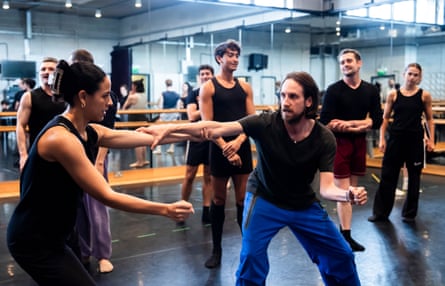
In a north London dance studio that’s not quite big enough for all the bodies inside it, Watkins leads a rehearsal with dry humour and gentle authority. The dancers are trying to work out a musical cue. “We’re listening through, trying to find the ‘plink plonks’,” he tells them and they tilt their heads in concentration, waiting for the melody. Heading an accomplished cast of fascinating movers is ex-Royal Ballet principal Edward Watson, who plays George. Watkins (who also danced with the Royal Ballet) had talked to him about the idea for A Single Man over the years, and when it finally crystallised into a project, “I realised that I wanted to do it – or I didn’t want anyone else to do it!” says Watson, a dancer of extraordinary physicality, known for bringing subtle angst and complexity to his roles. Next to him in the room is a contemporary dancer who excels in beautifully haunted characters, Jonathan Goddard, playing Jim, but also alternating in the lead for some performances.
While the dancers embody George’s physical life, Grant will be singing live on stage, expressing what’s going on inside George’s head. Watson loves dancing alongside singers on stage: he’s previously worked with Martha Wainwright, soprano Danielle de Niese and cabaret singer Meow Meow. “There’s something really special about being on stage with a singer. You can feel where the sound comes from; you’re not just listening to it, you share the space with where that emotion starts.”
Once the dancers find their cue, they launch into a scene. Watkins’s choreography uses a lot of stark shapes and angular poses – you could map it on graph paper (“It’s like George is on autopilot, mechanically going through the motions,” Watkins says) – but then the movement might shift into something heavy, slinky, sexy, a little bit grimy. Characters have different signatures: for George’s friend Charley (played by Julianne Moore in the film, here by the Royal Ballet’s Kristen McNally) the movement is based in ecstatic dance. Elsewhere the dancers crowd into stylised formations, looking like a 21st-century Bob Fosse, while the prowling jazzy feel of the music evokes the 1960s.
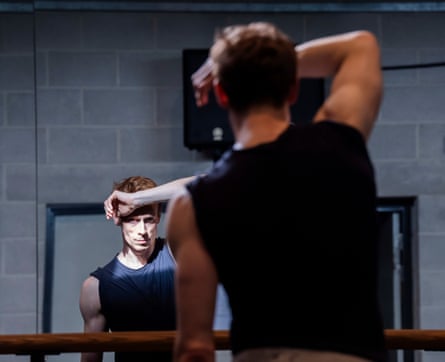
Alongside Grant’s songs, the score has been created by composer Jasmin Kent Rodgman. She wanted the sound to be rooted in the 60s, acknowledging that it was a time of great musical experimentation, whether the pioneering Buchla synthesiser that she’s sampled for the score, or American minimalism or jazz. In the performance, each instrumentalist will be hooked up to an FX pedal so sounds can suddenly morph, she tells me, from “really lush romantic string trio … to open ambient, electronic anxiety, which might be slammed into this distorted trumpet line, that kicks us into a bit of high action”.
Rodgman has relished working with Grant. “I have to say John is an incredibly generous creative. And he’s an incredibly accomplished musician,” she says. “Sometimes when you meet someone from the pop and rock world there’s a disconnect. But he’s a classically trained pianist. You can hear that; I hear Rachmaninov, Romantic piano music coming through. He used to play the baritone saxophone; there’s a lot of hidden facts about John Grant!”
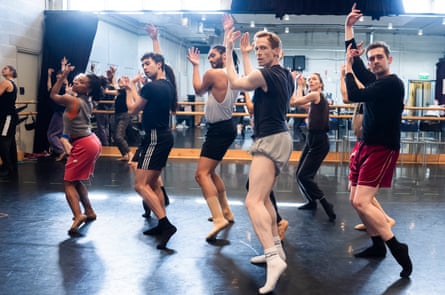
When Grant talks about the songwriting process, he raves about the inspiration of Isherwood’s language. “It’s so masterful. It’s very uncontrived, you know. You don’t get the sense somebody is making a great effort to impress with their skills. It’s natural, organic. And the humour! Like I’m actually inside this human being experiencing these things.” That sounds much like a description of Grant himself, the ability to cut through life’s biggest emotions with the conversational and wryly observational (sample lyric from the song Sigourney Weaver, about a time of crisis in his childhood: “I feel just like Winona Ryder in that movie about vampires / And she couldn’t get that accent right / Neither could that other guy”).
That ability to fuse the seismic and the mundane is apt to illustrate the dislocation of grief, when the world ends and carries on at the same time. As Watson puts it: “You can’t quite believe that all this is happening and then: oh, I still have to wash; I have to make dinner. It seems dumb to carry on with those things.”
“No one is immune to grief,” says Watkins, which is what makes this story universal, but in his version as the story progresses, the gap between the inner and outer worlds, the mind and the body, begins to close. He talks of a scene at the end of the book where Isherwood describes some rock pools as being their own self-contained worlds. “He’s saying that we’re all in our own rock pools with all of our different characters and connections in our lives,” says Watkins. “And then the tide comes in and sweeps us into this one big shared ocean; we’re all part of this shared experience.”
A Single Man is at Aviva Studios, Manchester, 2-6 July; Linbury theatre at the Royal Opera House, London, 8-20 September.

.png) 2 months ago
27
2 months ago
27








